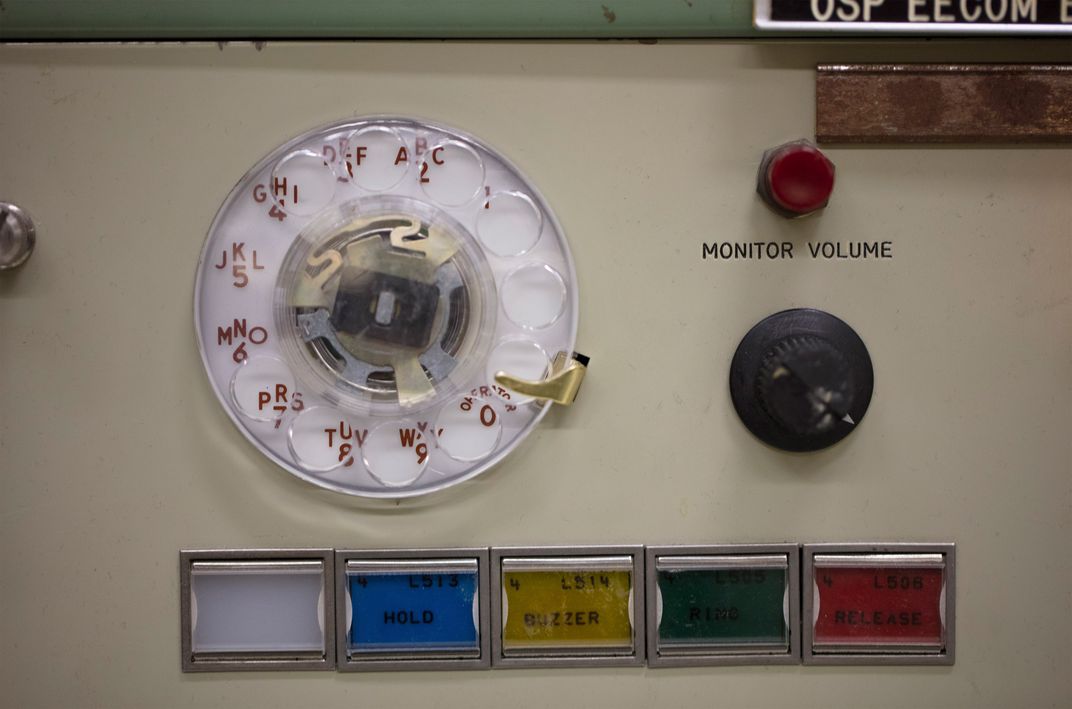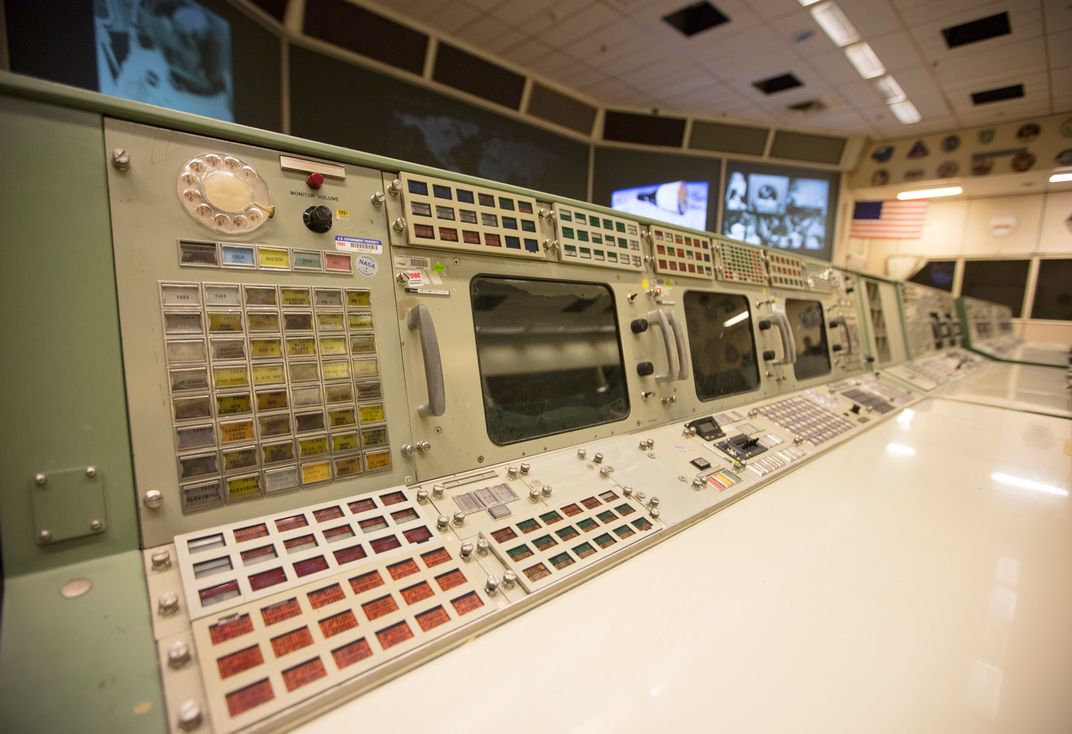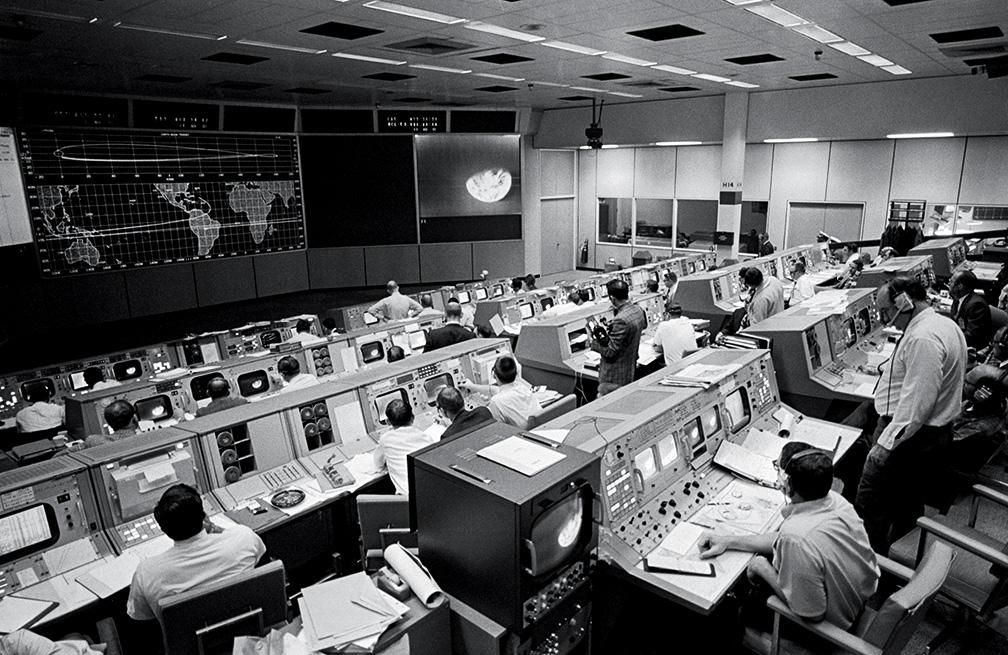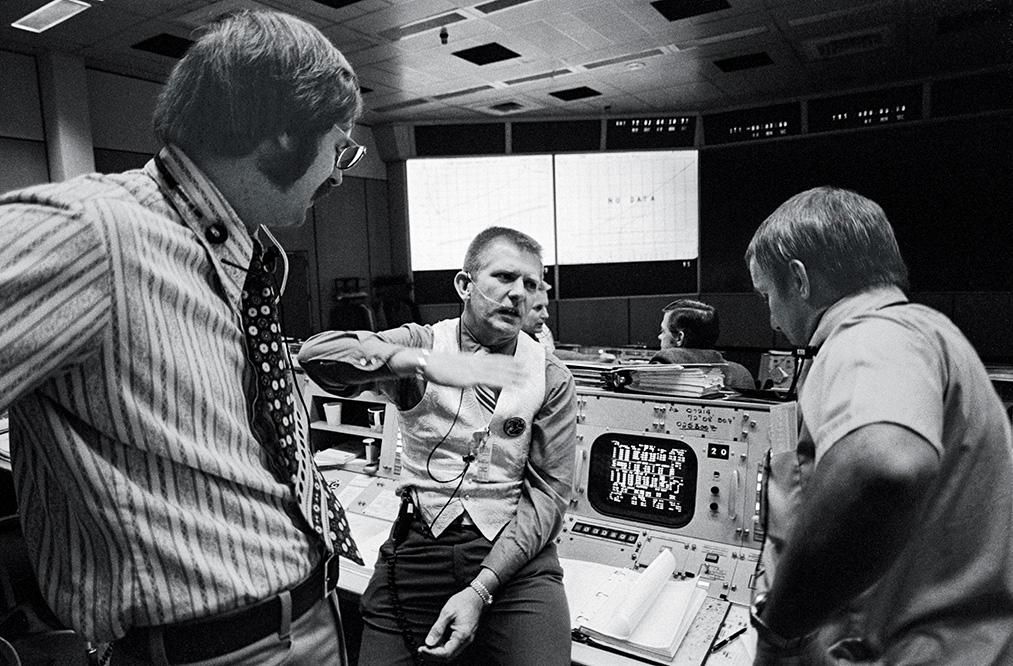“Go” for Restoration
Apollo’s mission control is getting revived.
On July 20, 2019, the mission control room where steely-eyed missile men waited to hear if the Eagle had landed will look like it hasn’t aged a day in 50 years. Space Center Houston, the museum that cares for the Apollo-era facilities at NASA’s Johnson Space Center, has nearly raised its goal of $5 million to restore the five rooms that make up the third-floor site: the operations room that housed the flight controllers, their consoles, and large displays; the “bat cave,” where mission statistics were projected; a simulation control room; splashdown operation support; and the family and VIP viewing areas.
A crowdsourcing campaign over the summer raised $500,000—double its goal—to add to a $3.5 million gift from the nearby city of Webster, where many of the aerospace businesses that work with NASA are located. Space Center Houston, which has about one million visitors each year, will use this funding to bring the entire mission control area back to life by reanimating the consoles, right down to the cathode ray tube monitors. Since the site was in use through the shuttle program in the 1980s, much of the equipment will be sent to experts at the Cosmosphere in Hutchinson, Kansas, to be restored to its Apollo-era state.




